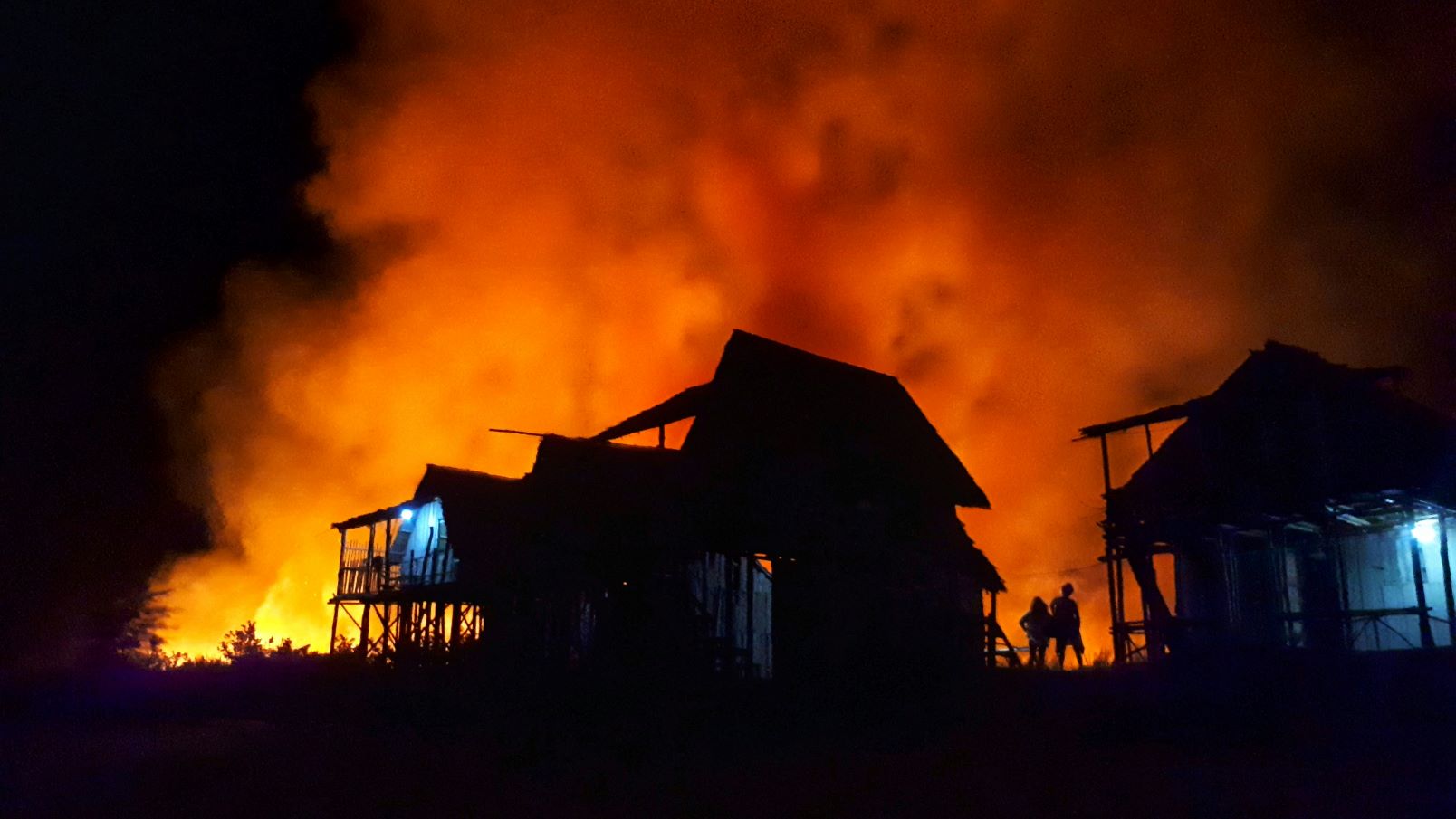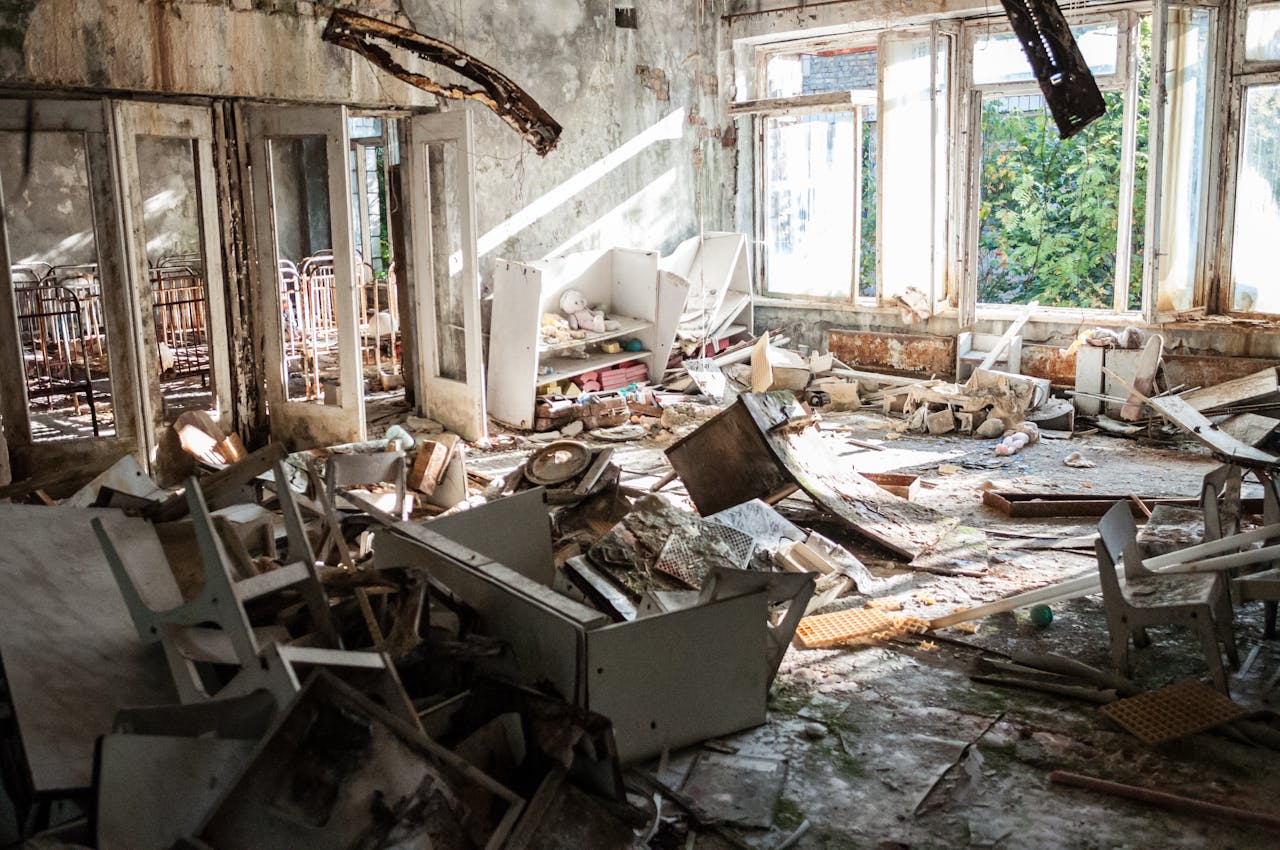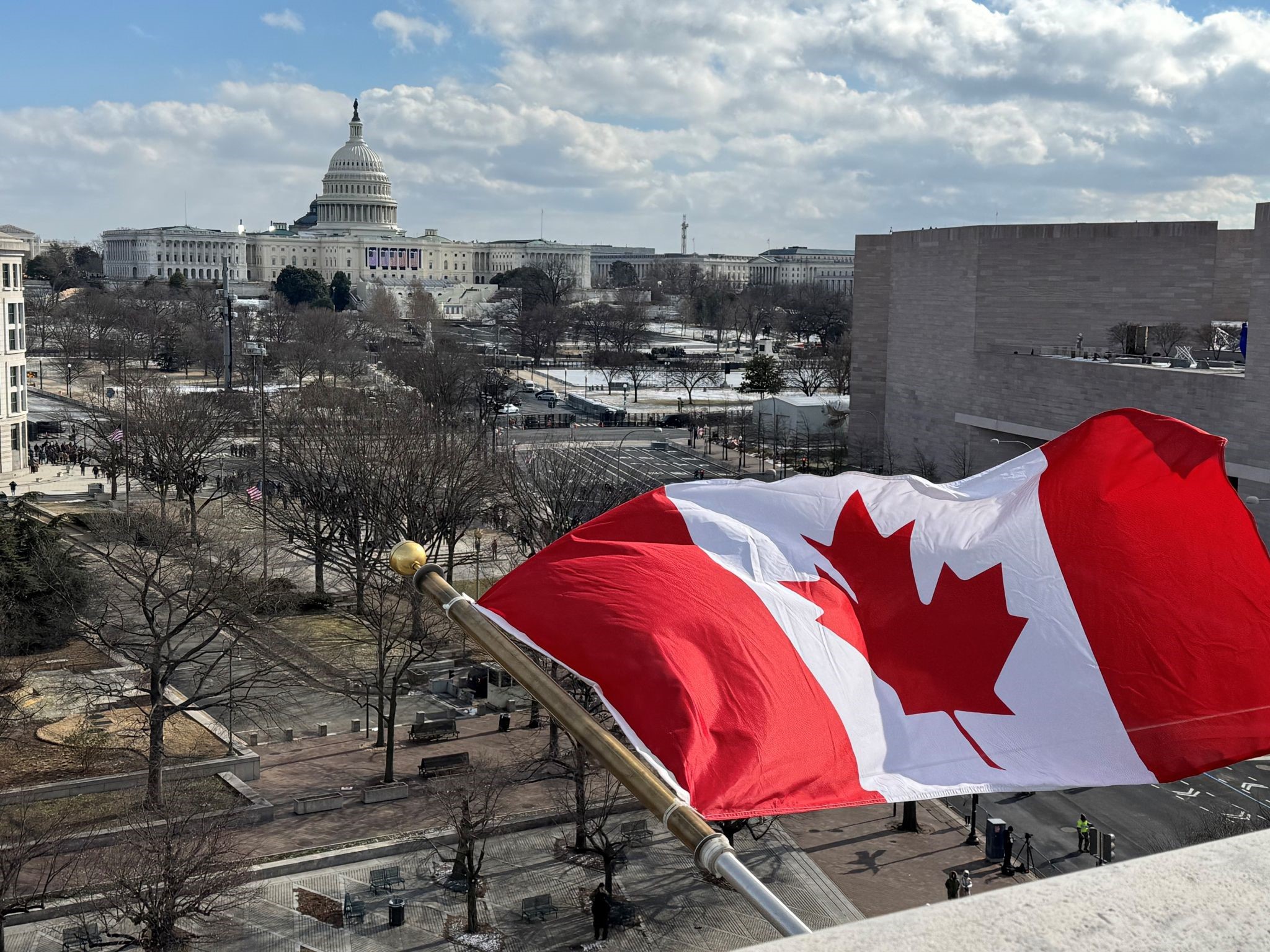

Reflections on the PNWER Summit

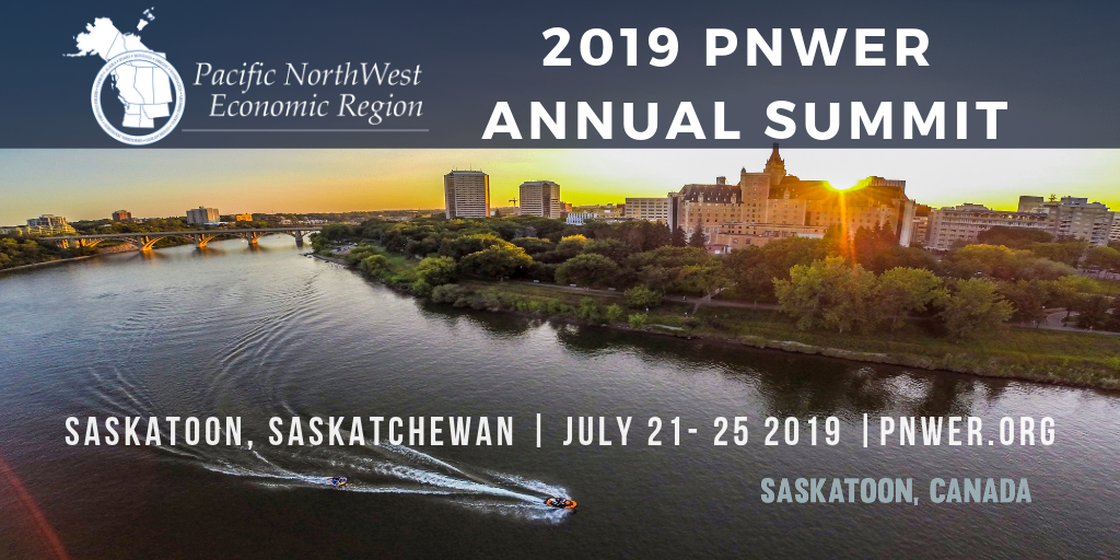
By William Larson
It has been almost two weeks since my colleagues and I from the Building Resilience Coalition descended upon the 19th Annual Summit of the Pacific Northwest Economic Region (PNWER) in beautiful Saskatoon, Saskatchewan. But the follow up from this fantastic event continues unabated and will continue to shape our action plan for the upcoming year.
Our participating members included ConreteBC, Concrete Alberta, the Northwest Cement Council, and many other companies.
For those who are not familiar with PNWER, in 1991 a number of states and provinces joined together to create a public-private non-profit organization to help inform large-scale, bilateral initiatives touching on border cooperation and our shared prosperity. Over the years PNWER has grown to become a model of international cooperation on numerous cross-border issues affecting our common well-being.
The Building Resilience Coalition has been an active participant in PNWER for the last three years. In 2018 we sponsored a keynote address by Evan Reis, Executive Director of the U.S. Resiliency Council whose stirring address on the difference between catastrophic devastation and manageable recovery still ranks as one of our more popular video offerings.
This year the Coalition sponsored a keynote plenary panel on Building Infrastructure for the 21st Century: How does the region look forward to the future markets we need to serve?
We were fortunate to have a stellar panel of speakers addressing the core message about the need for resiliency planning to sustain the critical infrastructure that supports our trade and commerce.

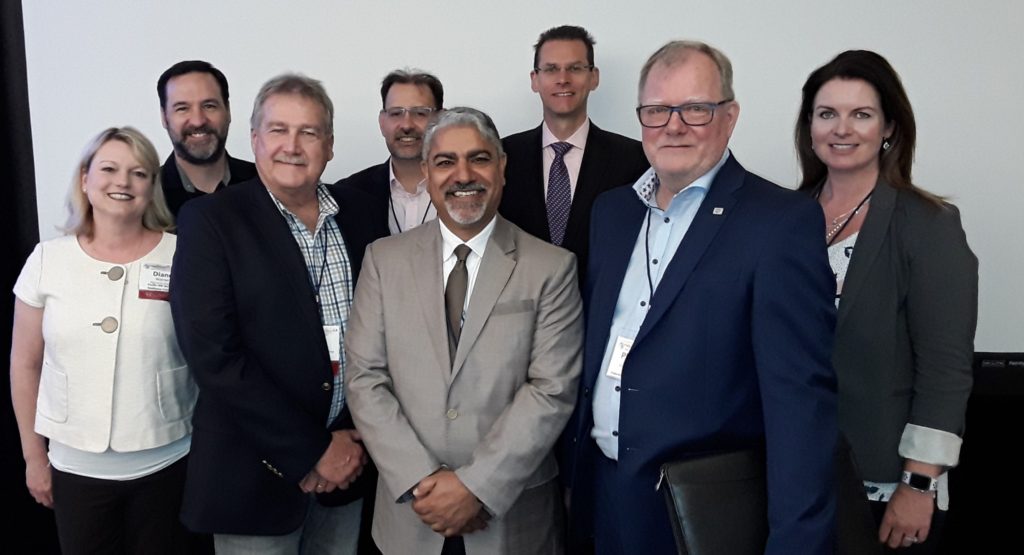
The panel included: Robin Silvester, Chief Executive Officer of the Port of Vancouver; Jim Titsworth, General Director, Canadian Business Development, Burlington Northern Santa Fe Railway; David Miller, Senior Manager, Public and Government Affairs, at CN Rail; Vee Kachroo, Senior Vice President, Operations, at Canpotex; Phil Lamarche, Director of Transportation Operations, Federated Co-Operatives Limited; and Washington State Representative and PNWER Vice President Gael Tarleton who also serves as a Port of Seattle Port Commissioner. The panel was moderated by Jennifer Fox, Vice President, International Trade Policy & Canada Relations, NASCO, the North American Strategy for Competitiveness.
A video of this panel’s presentations is available here.
Coalition members were active in many of the Working Groups that were part of the Summit and contributed to the development of Action Itemsthat will continue through to the Seattle Economic Leadership Forum on November 17-19, 2019. In particular, we will be involved in the PNWER Roadmap to Ultra-Low Energy and Resilient Buildings.
In addition to the over 500 Premiers, Governors, Ministers, Legislators, senior officials and business leaders attending the Summit, we were fortunate to meet a number of Indigenous leaders from both Canada and the United States who are becoming a very real force in shaping national and regional policies on economic and social development in both countries.
I have been reaching out to many of the delegates and speakers with whom we met during the Saskatoon event and will be reporting out to Coalition members and followers over the coming weeks.
We were also able to connect with our industry colleagues from the Cement Association of Canada, Concrete Saskatchewan, Concrete Manitoba, and many leading companies in the sector that are at the forefront of change in how we build our homes, our cities, and our critical infrastructure. We will continue to reach out to these key partners and the many other contacts we made at the event.
I consider the PNWER form as one of the key avenues to bring the core message of the Building Resilience Coalition to those leaders in business and government that shape the laws, regulations and best practices that will guide our activities for years to come. There are very few examples where such an open dialogue on cross border issues can take place, and the focus on the Pacific Northwest make PNWER particularly relevant to the Coalition.
One thing that was very clear to me during the many sessions that I attended and during the numerous one-on-one conversations held with other attendees was a keen appreciation of the need for more resiliency planning to sustain our economies in the face of significant changes taken place in the environment.
This has reinforced my belief in the importance of our mission to further the planning, development, and construction of buildings and associated infrastructure better able to recover from and to adapt to the growing impacts of an ever-changing urban and physical environment.
We are needed now more than ever.
You can find links to the speaker presentations made at PNWER 2019 here. I highly recommend those relating to Resilience, Regional Reliability, and Infrastructure.
The Pacific Northwest Building Resilience Coalition is your Gateway to a more sustainable and resilient future. Check out our member organizations and learn more: Northwest Cement Council, Washington Aggregates and Concrete Association, Concrete Reinforcing Steel Institute, Portland Cement Association, Oregon Concrete & Aggregate Producers Association, Northwest Concrete Masonry Association, Masonry Institute of Washington, Concrete BC, Insulating Concrete Forms Manufacturers Association, Concrete Alberta, The Masonry and Ceramic Tile Institute of Oregon
Recent Posts
Mobilizing Resilient Design and Construction
Implementing a multifaceted strategy can motivate state and local governments to prioritize resilient design and…
Insurance Pricing: Navigating a New Era of Risk
The growing frequency and severity of climate-related disasters present a significant challenge for the insurance…
Designing for Resilience … It’s A Must
We see far too often structures built to current code that lack planning and design…
What are the Real Benefits of Designing for Resilience
While designing for resilience requires initial investments, the long-term payoffs often far outweigh these costs.…
Reducing Disaster Risks and Protecting Insurability in the Pacific Northwest
Proactive measures to enhance resilience and preparedness are critical to mitigating insurability risks. This will…
How to Achieve More Resilient Building Codes
More comprehensive disaster prevention perspectives are needed to enable communities better to withstand the increased…
